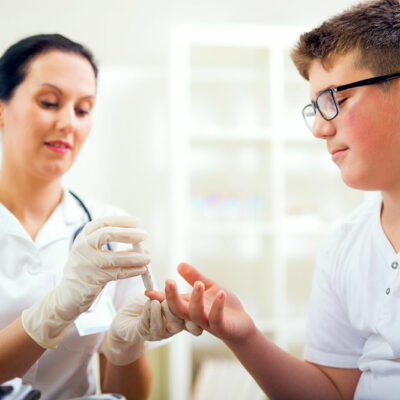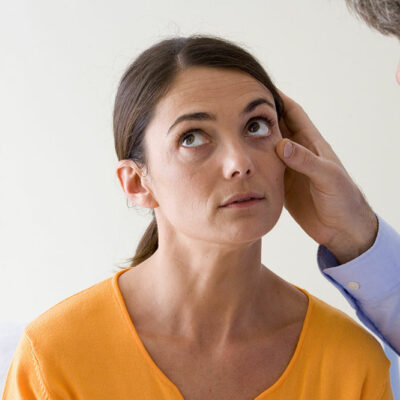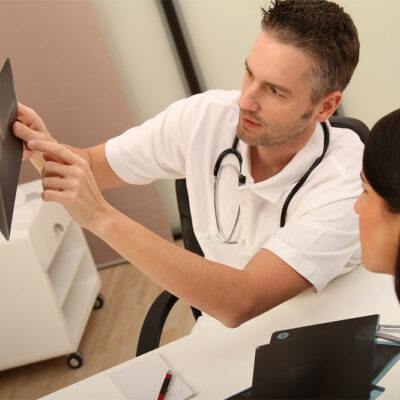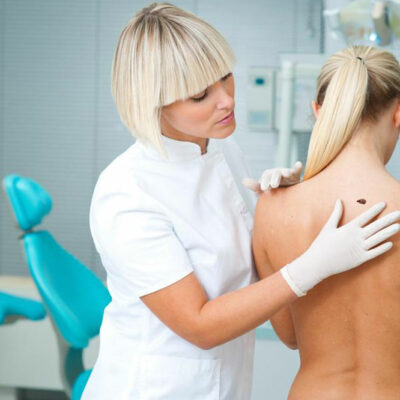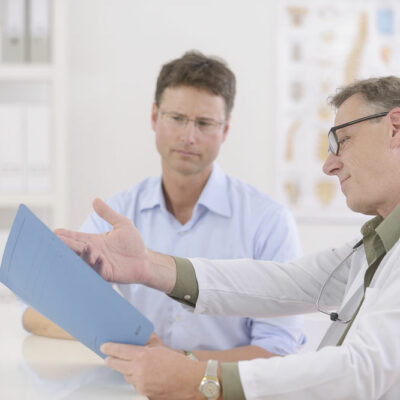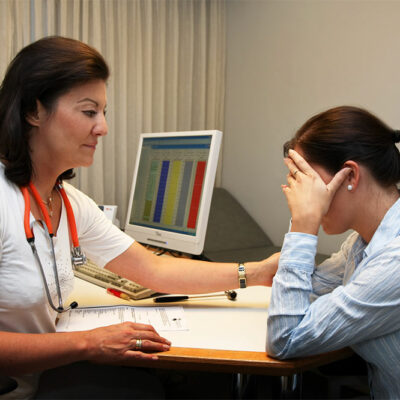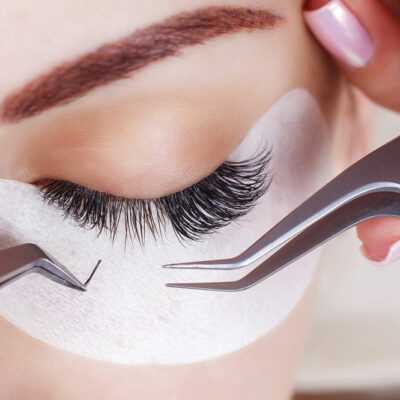
Health
Natural Home Remedies for Cold and Flu
The common flu or cold usually happen because of a virus. The symptoms can be particularly irksome forcing you to stay at home. Here are some of the best natural remedies for cold and flu that are effective in providing relief. Vitamin C Among the best natural remedies for cold and flu is Vitamin C. It is an effective, time-tested remedy being used for many years. Studies have shown that Vitamin C, when taken before or during the cold, can help reduce the cold symptoms. Vitamin C can be taken in the form of foods like citrus fruits, red peppers, or as supplements. Saltwater Gargling A sore throat is one of the common symptoms of the flu. One can get relief by gargling in warm water with salt. The water can be taken in the mouth so it reaches the back of the mouth and rinsed around the mouth for 15 to 30 seconds. The water should then be spat out. This can be repeated three to four times. Saltwater gargling helps to remove pathogens and soothe inflamed parts of the throat. Honey Honey is excellent for a sore throat that occurs during flu or cold. It can soothe the mucous membranes and reduce symptoms.
Read More 
